10 Tsunamis That Changed History

Destructive change

A new focus on tsunami hazards since the 2004 Indonesia earthquake and its killer waves has heightened awareness of tsunami's cultural and historic influence.
Earthquakes, underwater landslides and volcanoes can trigger tsunamis, sending walls of water rushing inland when they reach the shore. Until recently, these were unexpected deluges, striking without warning. The destruction wrought by the giant waves changed entire cultures.
Related: No, You Can't Outrun a Tsunami
Storegga - 8150 B.C.
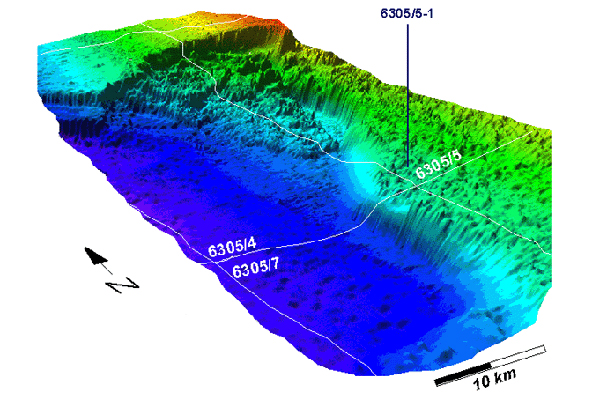
Sparked by a giant underwater landslide, the Storegga tsunami started in the Norwegian Sea, off the coast of Norway. Tsunami deposits were found in Scotland as far as 50 miles (80 kilometers) inland of current shorelines.
The tsunami destroyed a land bridge called Doggerland that linked Great Britain with Denmark and the Netherlands, severing people on the island from Europe for good. Afterward, Mesolithic culture developed independently from Europe unless settlers arrived by boat.
Polynesia - 2800 B.C.
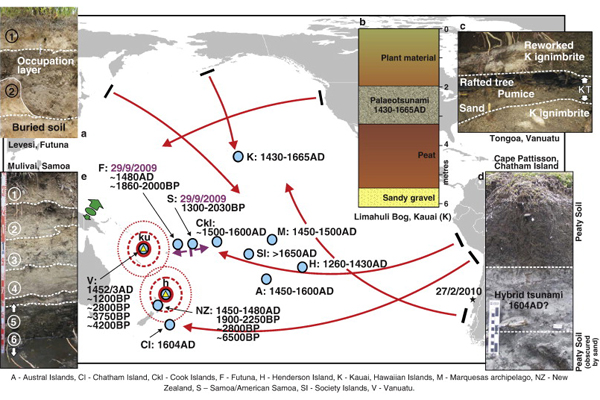
A tsunami had a chilling effect on Polynesian culture, some researchers suggest. Triggered by an earthquake on the Tonga-Kermadec subduction zone, tsunami deposits are found on Pacific islands around 2800 B.C. Before the tsunami, Polynesians had rapidly expanded eastwards across the Pacific to the Tonga-Samoa archipelago. Afterward, they stopped for 2,000 years.
Crete - 1600 B.C.

The enormous explosive eruption at Thera volcano in Greece sent a monster wave sweeping into the island of Crete. Archaeological evidence suggests the one-two punch of ash and water had a lethal effect on the Minoan culture. The same wave could also be responsible for the legend of Atlantis.
Get the world’s most fascinating discoveries delivered straight to your inbox.
Polynesia - 1450
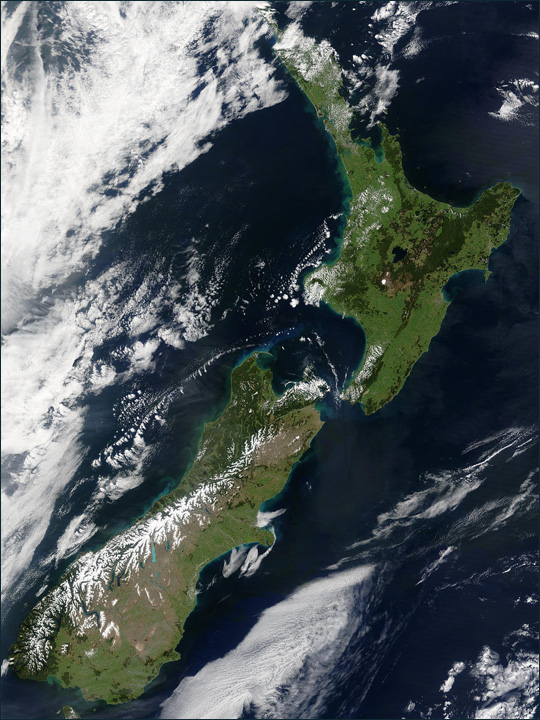
In New Zealand, two 15th-century tsunamis swept away settlements along the coast. Prior to the waves, the Maori were a sophisticated Stone Age society, said James Goff, a tsunami geologist at the University of New South Wales in Australia. After the drenchings, the culture shifted, become more war-like and focused on protecting resources. Similar transformations occurred on islands throughout the Southwest Pacific, Goff said
Lisbon - 1775
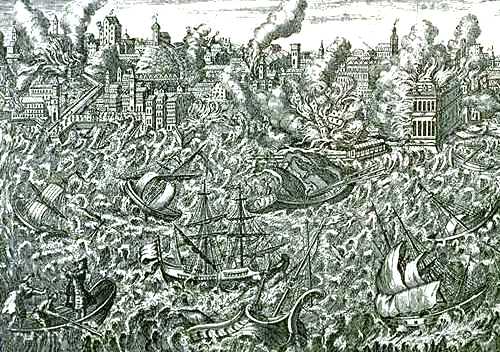
Tens of thousands of Portuguese people who survived the Lisbon earthquake on Nov. 1, 1755 were killed by the tsunami that followed. The 49-foot-high (15 meters) waves swept away people who had escaped to the harbor for safety. The destruction influenced Western philosophers and writers from Kant to Voltaire, who references the event in his novel "Candide."
Virgin Islands - 1867
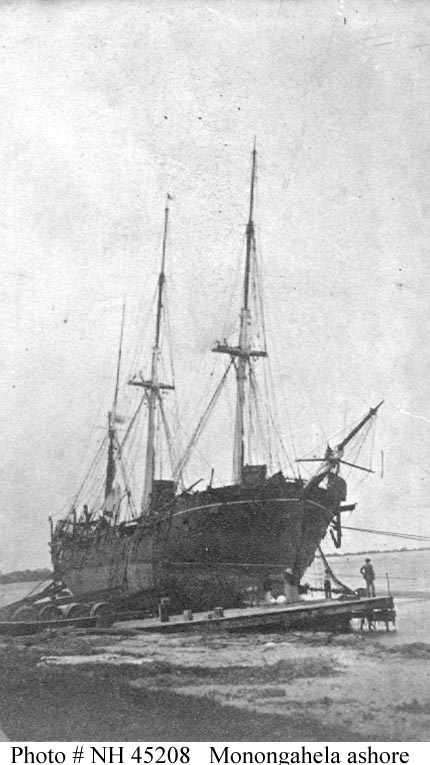
A tsunami struck the islands of St. Croix and St. Thomas on Nov. 18, 1867.Three U.S. shipswere damaged by the waves. The ships, all former Civil War vessels, were there to meet with an envoy from the king of Denmark in hopes of building a naval base and purchasing the future U.S. Virgin Islands. One, the Monongahela, was beached at St. Croix by a 30-foot (9 meters) wave. The earthquake and tsunami, plus a hurricane only three weeks earlier, meant the deal to purchase the Virgin Islands fell through.
Krakatoa - 1883

The collapse of Krakatoa volcano on Aug. 27 sent a series of awesome tsunamis around the world. Some island areas were never resettled, including the Ujung Kulon nature reserve in Java. In 1883, both Java and Sumatra were Dutch spice colonies, shipping fragrant seeds back to Europe. After the eruption and tsunami, the Dutch abandoned their colonies and Islamic fundamentalism swept the islands.
Alaska - 1946

On April 1, parts of Hilo, Hawaii, were destroyed by a series of waves from an earthquake and landslide in Alaska. The tsunami resulted in the creation of a tsunami warning system known as the Pacific Tsunami Warning Center (PTWC), established in 1949. The tsunami is known as the April Fools Day Tsunami in Hawaii due to people thinking the warnings were an April Fools prank.
Sumatra - 2004

The Dec. 26 Indian Ocean earthquake triggered a series of lethal tsunamis that killed approximately 230,000 people, making it the deadliest tsunami in recorded history. Its size shocked the world, and brought a renewed focus on understanding the future risk from killer waves. Thanks to these new studies, scientists are beginning to connect cultural shifts in Indian and Pacific Ocean societies with great tsunamis.
Tohoku - 2011
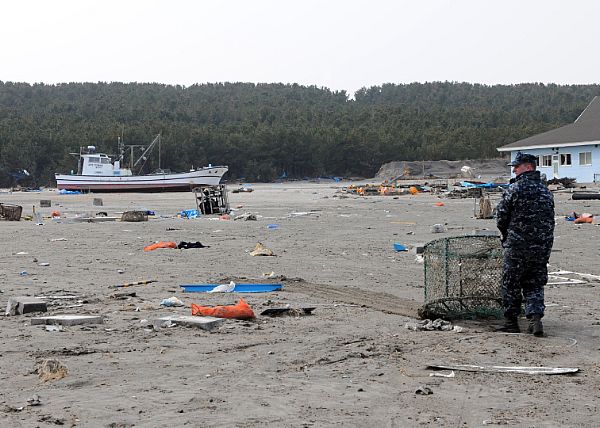
On March 11, a 9.0-magnitude earthquake produced a tsunami 33 feet (10 m) high along Japan's northeastern coast. The wave caused widespread devastation and precipitated a nuclear meltdown at the Fukushima nuclear power plant. As a result, Japan's ruling party has pledged to phase out nuclear power by 2030, a challenge for the island, which must find land to build new power production sites.



